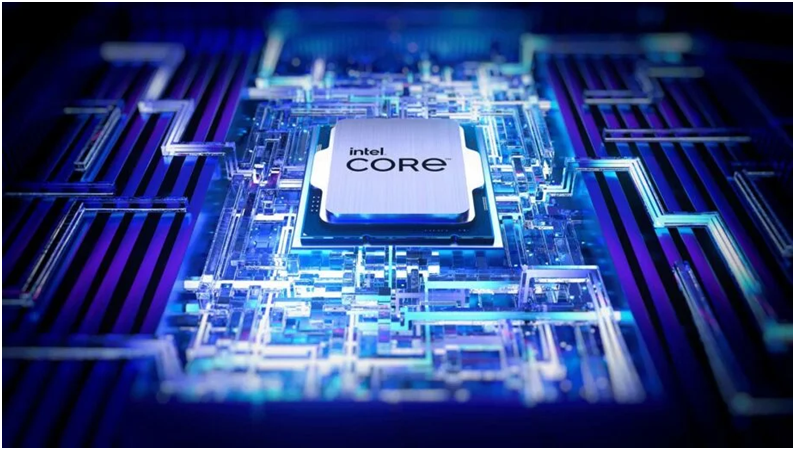Shrilk: When Shrimps and Silk Make Plastic
Shrilk: When Shrimps and Silk Make Plastic
Did you know that shrimp exoskeletons are
stronger than steel? Shrimp shells can also be used to make strong, biodegradable
plastic – which is exactly what scientists at the University of Central Florida
have been doing for the past few years. The team has found a way to turn these
small crustacean shells into a useful material, one that can be used to
create various products. Because this new type of plastic is made from natural
materials, it’s not only sustainable but also eco-friendly. Keep reading to
learn more about this interesting research!
Why Shrimp Shells?
First, let’s find out why shrimp shells are
such an attractive material for plastic making. Shrimp are abundant and
renewable: We can harvest shrimp and then recycle their shells as many times as
we want. Shrimp shells are naturally porous: This makes them an excellent
material for biodegradable plastic, which needs to be able to break down in the
environment. Shrimp shells are already non-toxic: Unlike other materials used
to make biodegradable plastic, shrimp shells don’t contain any toxins. This
means that shrimp-based bioplastic is safe for the environment and can be used
to create edible products.
How is Shrimp Shell Plastic Made?
To make this biodegradable plastic, the
team collects the shells of the white shrimp, Litopenaeus vannamei. The shells
are then ground into a fine powder and mixed with silk protein. The mixture is
then placed in a machine called a spherification bath. This machine is used to
create small spheres, or beads, of the material. The beads are then placed into
a heated vacuum chamber where they melt together and form a sheet of plastic.
The resulting material can be used to create a range of different products,
including 3D-printed objects, films, and packaging materials.
Why call it Shrilk and not Plastic?
If the new shrimp-based bioplastic is so
useful, why not call it plastic? Well, because it’s not really plastic. It’s
more like a composite material made from a variety of materials. For example,
if you make a bag with shrimp plastic, it’s not actually a plastic bag. It’s a
bag made from a mix of different materials. Shrilk, the proposed name of this
shrimp plastic, combines the words “shrimp” and “silk.” The scientists who
created this new material have suggested that it should be called shrilk rather
than bioplastic.
Why Use Shrimp Shells to Make Biodegradable Plastic?
Because shrimp shells are naturally made of
cellulose, an important material in biodegradable plastics, they can be used to
make a wide variety of sustainable products. Scientists have used shrimp-based
bioplastic to create all sorts of interesting objects. They’ve even made a car
bumper out of shrimp plastic. The bumper was tested to see if it could
withstand impact from a 10-pound bowling ball. When the bowling ball hit the
bumper, the shrimp plastic shattered without breaking the bowling ball. This
shows that shrimp plastic is an incredibly strong bioplastic.
A Strong and Sustainable Bioplastic
Because shrimp shells are naturally strong
and biodegradable, they make great material for creating bioplastic. This new
material can be used to create a variety of sustainable products, including
edible packaging. Because shrimp shells are toxic-free, they don’t need to be
treated with any dangerous chemicals. This means that the shrilk bioplastic is
safe to use and can be used to make many different products.
Conclusion
Shrimp shells, which are naturally strong,
can be used to make biodegradable plastic. This new bioplastic can be used to
create a wide range of sustainable products, including edible packaging,
3D-printed objects, films, and more. Shrimp-based bioplastic is cheap, easy to
make, and incredibly strong. Shrimp-based bioplastic is different from regular
plastics because it’s made from a blend of materials, rather than one pure
material. Bioplastic made from shrimp shells is a sustainable and biodegradable
alternative to regular plastics. It may be some time before we see shrilk in
action, but it’s clear that it has a bright future!
References:
https://news.harvard.edu/gazette/story/2012/02/as-strong-as-an-insects-shell/
https://wyss.harvard.edu/technology/bioplastic/
https://www.livescience.com/42804-shrilk-bug-inspired-plastic-made-from-shrimp-shells.html
Credits:
Adityan Arumuganainar (SY Manufacturing)
Aashay Godbole (SY Mechanical)




Comments
Post a Comment